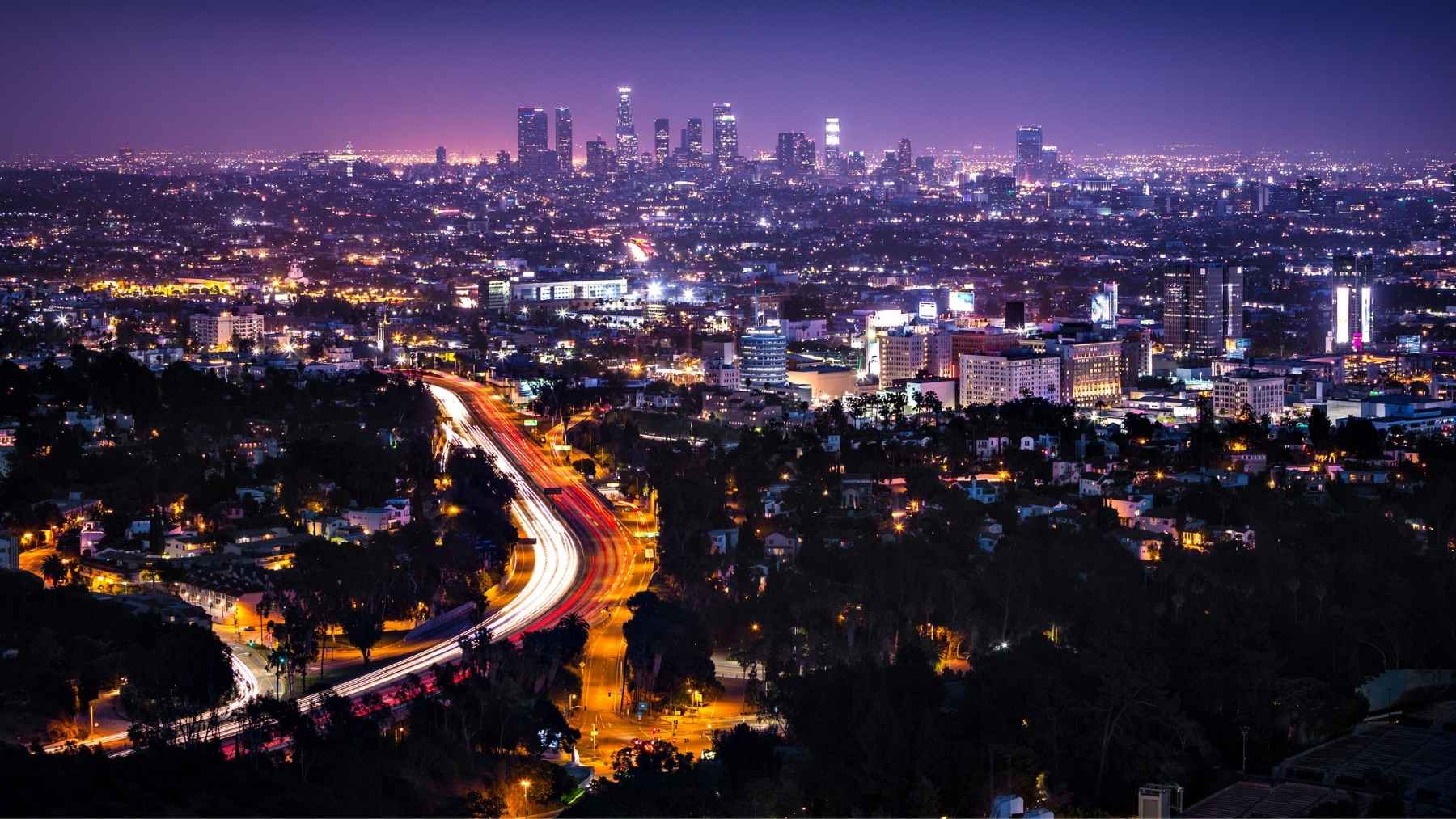Malaysia unveiled its first glow-in-the-dark road in 2023, and the project was hailed as a s futuristic solution to enhance safety on the highways. The photoluminescent paint that would glow for hours after sunset promised safer night driving, especially on rural roads that experienced frequent blackouts.
The vision, however, faded fast as the ambitious experiment collapsed due to factors such as cost, climate, and practicality.
A Bright Idea That Faded Fast
In October 2023, a 245-meter stretch of road near Semenyih was painted with a soft green glow, the first of its kind in Malaysia. According to the country’s Public Works Department (JKR), the project was part of a broader effort to modernize road safety, especially in rural roads that were criticized for poor lighting due to scarce power supply.
The system used photoluminescent paint, a strontium aluminate-based material that had also been tested in Japan and the Netherlands. The paint would absorb sunlight during the day and glow up to ten hours after dusk. This project did not require any electricity, making it seem a sustainable and cost-saving alternative.
Initially, drivers were impressed, and people on social media praised the project. They even joked about “Malaysia’s roads being really lit.” Local media also reported that visibility on the painted roads had increased significantly, even during heavy rain and fog. This modern safety hack seemed a bold step forward, considering that Malaysia loses more than 6,000 people annually through road accidents.
A Brilliant Idea That Cost Too Much
Unfortunately, the optimism did not last long, and by late 2024, Deputy Works Minister Ahmad Maslan announced in Parliament that the government would abandon the program because of its high cost.
Photoluminescent road paint costs RM749 per square meter, which is approximately 20 times more expensive than standard white paint, which costs just RM40.
Trial expansions planned for Selangor and Johor were also abandoned after internal reviews concluded that the costs couldn’t be justified. “We ran tests, but it did not satisfy the experts from the ministry,” Maslan said, noting that the findings fell short of expectations in both performance and durability.
Climate and Durability Made Things Worse
Besides the high cost, the glowing paint struggled against Malaysia’s tropical climate. According to experts from the Malaysian Institute of Road Safety Research (MIROS), the materials degraded faster than expected, especially under constant rain, humidity, and sunlight.
Studies proved that in tropical regions, photoluminescent coatings lose their brightness quickly. Additionally, to maintain the coatings, a reapplication would be needed every 18 months. That kind of maintenance schedule meant that the project was unsustainable for Malaysia’s vast road network.
Why Malaysians Lost Faith in the Project
As the idea faded, so did public enthusiasm. Many started to question whether flashy innovations were necessary.
People voiced their frustrations on Facebook and X (formerly Twitter), claiming that poor visibility, which caused drivers to miss potholes and road signs, was the cause of accidents.
By the time the project was abandoned, it had become more of a case study in misplaced priorities rather than a futuristic project to enhance visibility on the roads.
Lessons from a Dimmed Experiment
The glow-in-the-dark initiative had also been tried earlier in Europe and had faced the same setbacks. To solve the durability issue, researchers, including those at Delft University of Technology in the Netherlands and Japan’s National Institute for Land and Infrastructure Management, are working to refine the materials to make the coatings more durable, even in tropical climates.
For now, most countries, including the developed ones, have shelved the concept and switched back to low-cost safety improvements to enhance visibility on the roads.
Conclusion
Malaysia’s glow-in-the-dark road was a visionary leap towards safer roads, but the cost and durability of the materials used to make the paint dimmed its future.

